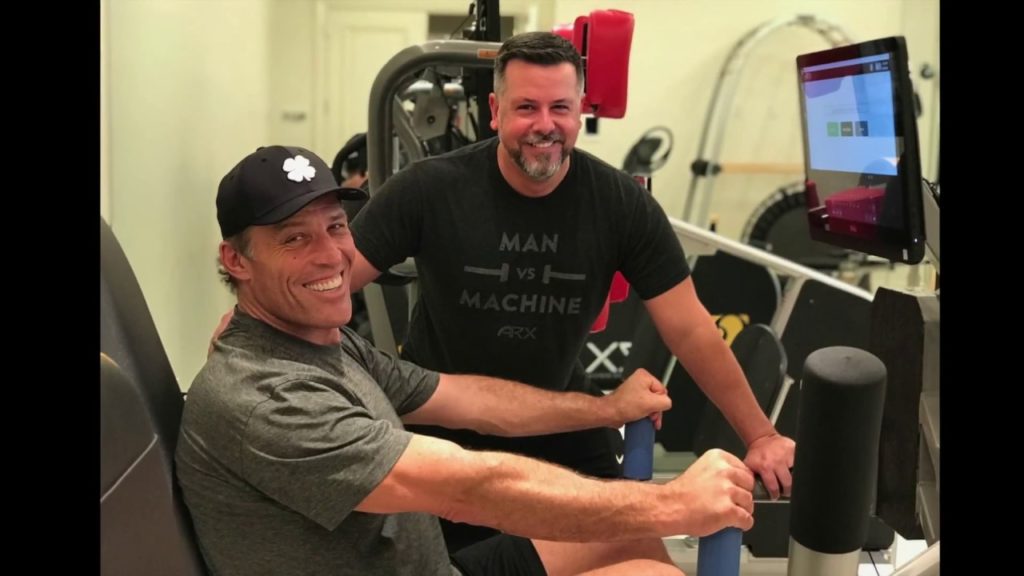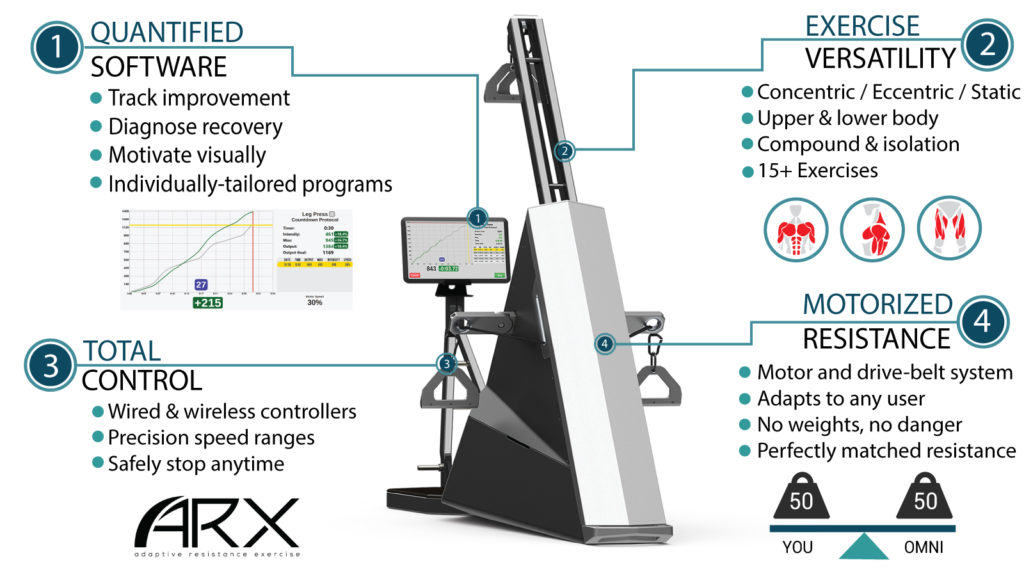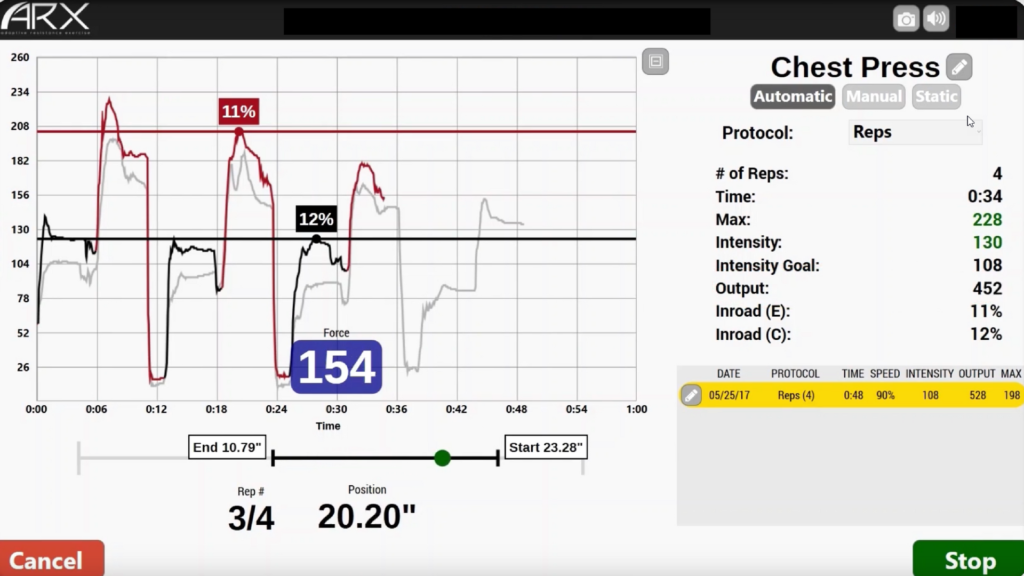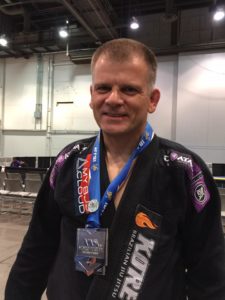Recommenced by world-class trainers and biohackers like Dave Asprey, Tony Robbins, and Ben Greenfield Fitness


Call Now For Your FREE Demo Session
480-633-6837 or email us at drjbanas@gmail.com

What could you do if you could dramatically reduce the time you spend strength training?
If you want to know exactly what makes ARX so special, this is your video! A motor-driven experience that provides the most effective, most efficient, safest, and most quantified exercise ever created!
Many thanks to Dr. Banas and Vickie for my increased strength via ARX. Definitely helped me with my opponents this weekend and gave me an advantage. On to my next goals and back to work on the ARX!
Why training on the ARX is more effective and safer than weight training

Train Less, Lose Weight & Allow Your Body to Become Fitter, Stronger, and Faster.
10-15 min once a week can:
IMPROVE body composition
INCREASE strength
INCREASED Resistance To Injury
INCREASE Bone Density
Table 1. Fifteen Key Findings About Eccentric Training
1) Eccentric exercise creates greater force during the eccentric bout, due to the fact there is a decreased rate of actin-myosin cross-bridge detachments (Herzog et al., 2008). Therefore, a person is capable of working with greater weight during an eccentric exercise.
2) Even though eccentric contractions create more force than concentric actions, they use less energy. This is because during a concentric muscle action one molecule of ATP is used to detach each actin-myosin cross-bridge. However, during an eccentric action some cross-bridges are forcibly detached due to the stretching of the muscle fiber, thus using less ATP (McHugh et al., 1999).
3) Some clients feel more muscle “tenderness” from DOMS as opposed to muscle soreness (Proske & Allen, 2005).
4) The only scientific method of utilizing eccentric exercise with clients to markedly reduce DOMS is the repeated bout effect. Complete an eccentric bout of exercises and then repeat the workout one week (or more) later and there will be much less DOMS after the second workout (Pettitt et al., 2005).
5) For injured clients, eccentric exercise of the ‘healthy’ limb is a viable option for cross training of the immobilized limb (that has been injured or recently had surgery) (Housh, 1998).
6) Older clients are not be as susceptible to muscle injury with eccentric exercise as is seen with their younger counterparts due to several inhibiting and physiological mechanisms (Lavender and Nosaka, 2006). Thus, eccentric training is an efficacious strategy to utilize with older clients.
7) Avoid doing near-maximal or maximal eccentric muscular contractions with “entry-level” clients (Nosaka and Newton, 2002). Submaximal loads have been shown to have much less DOMS, and thus, this may also improve the exercise compliance of the clients.
8) Resistance exercise programs should include periods of eccentric exercise, as this will provide protection from injury or reinjury (if a client was previously injured) (Proske and Allen, 2005).
9) For optimal development of muscle strength and size, programs should include concentric and eccentric training (Proske and Allen, 2005).
10) An enhanced submaximal training volume is possible if supramaximal eccentric loading (i.e., > 100% of 1-RM) is integrated into the resistance training program (Doan et al., 2002).
11) Supramaximal eccentric training (i.e., > 100% of 1-RM) is an excellent tool to have athletes and clients complete to break through training plateaus (Doan et al., 2002).
12) Eccentric training has been shown to be a successful intervention for post-rehabilitation injury recovery for lower body injuries (Bahr et al., 2006).
13) In some research, subjects report less fatigue from eccentric training as compared to concentric training. These findings support the importance of integrating eccentric training in personal training settings (Hortobagyi et al. 1996).
14) Total body eccentric emphasis training (i.e., 1-second concentric and 3-second eccentric contractions) can elevate resting metabolic rate about 9% for a short period of time post-workout (up to 2 hours) (Hackney et al., 2008).
15) The energy cost of eccentric training is very low while the magnitude of the force produced is unusually high. Therefore, muscles respond to eccentric training with meaningful changes in strength, size and power (Lindstedt, LaStayo, and Reich, 2001).
Click HERE to read about the studies on Eccentric Exercise Training
How to get bigger muscles.

